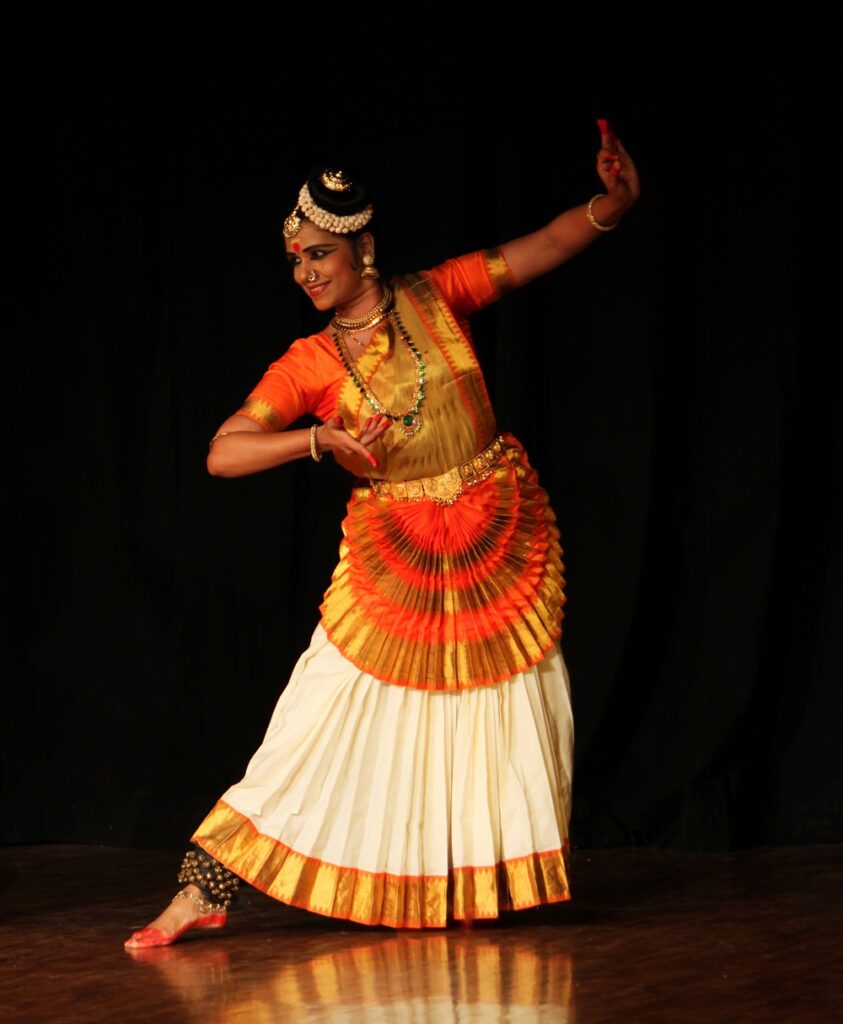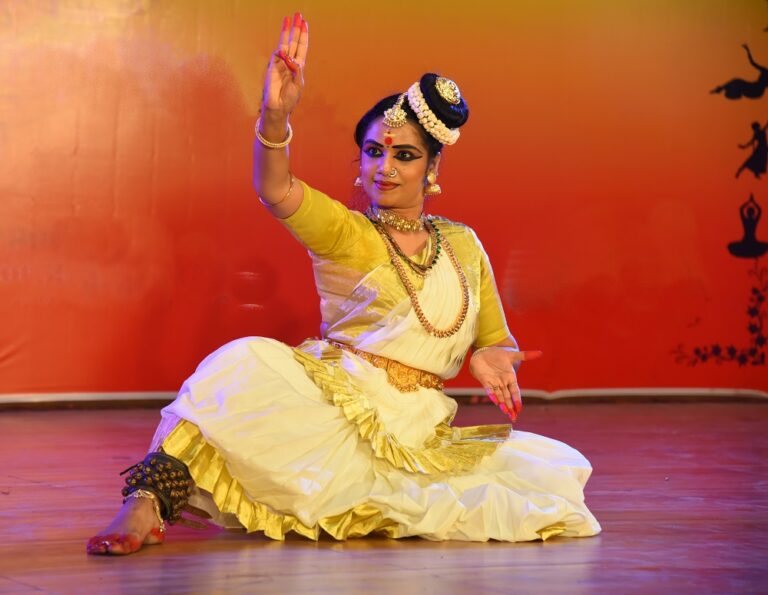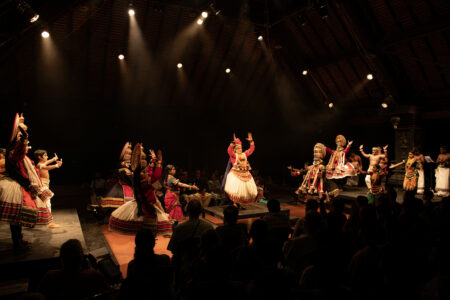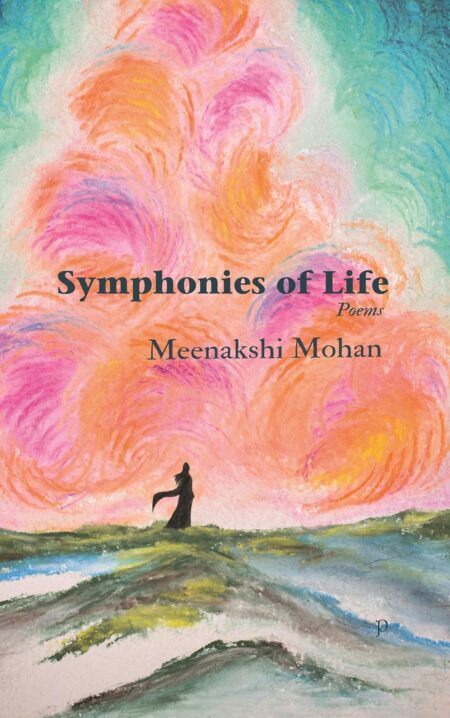Natyavadyasarvabhoumam book release turns eventful with unique dance recital
Release of the autobiography, ‘Natyavadyasarvabhoumam’, of the percussion wizard Nelluvai K N P Nambissan turned eventful with presentation of a unique dance recital by Sujatha Nair from Mumbai. Nambissan who has proved his virtuosity in the percussion art had composed the rhythmic part of the choreography titled ‘Nirvanam’, essentially a tillana.
Said Nambissan, “All the south Indian the dance forms conclude with tillana through which both the dancer and the audience are elevated to a state of bliss; and hence the name Nirvana”. True, but his technique for achieving this appeared highly creative.

As against the Carnatic rhythms, he employed ‘pancha talas’, five select Sopana talas, for this composition. They were in order, Kaarika (6 beats), Chemba (10), Kundanachi (12), Marma (14) and Lakshmi (20). Interestingly all were against the backdrop of Chembada or adi. The chain of talas appeared awesome together with the laudable Mohiniyattam performance of Sujatha Nair.
Choreographed by Jayashree Nair, mother of Sujatha and director of Upasana Academy, Mumbai, the number is based on the first sloka of Chidambara Aashtakam, “Krupasamudram, sumukham, trinetram….bhavayami” composed in Neelambari.
Impressive sequences of pure dance
Impressive were the sequences of pure dance with the changing rhythm patterns. Plurality of adavus and their perfection were especially noteworthy. A demarcating feature was that the drum syllables replaced the conventional jatis that too played by the drums! The bols of edakka and maddalam played by Nambissan were captivating and added to the beauty of nritta. Chembada, sandwiched between successive rhythms, was a common thread on which the varied rhythms appeared as beads. This made it a garland of rhythms! Role of vina was also significant. The complexity of rhythms only added to the aesthetic appeal to the performance.
Earlier Sujatha also presented a short cholkettu in sankeerna chapu choreographed by Nambissan himself. The Vishnumaya sloka, “sammohayantheem” was rendered in Suruti raga. Vocal was by Bijeesh and vina by Thrissur Muralikrishnan.
Trained in all the indigenous percussion instruments from very early age, Nambissan is endowed with an uncanny penchant for experimentation. Migrated to Mumbai after academic studies, the metropolis turned his major ground for activities. “Saptaragatalavadyatharangam”, a jugalbadhi was the first. While he himself played Edakka, mridangam, ghatam, ganjira, chenda, maddalam and tavil, violin, tabala, flute and keyboard were played by artistes from Mumbai. The production attracted wide reception from all quarters and many TV channels telecast it.

Nambissan has to his credit seventeen ballets and seven jugalbandhis of dance, music and vadya. Interestingly, the former had themes culled from legends and also the works of modern poets in Kerala.
“Kshetra kala manjari” was another production in which ten temple musical instruments were employed. “Saouparnikamrutham” was another composition in which seven percussion instruments and different dance forms.
Nalanda days
Nambissan was invited by Dr Kanak Rele to join her institute of Nalanda Nritta Mahavidyalaya, affiliated to Mumbai University in 1987. He was the backbone of the percussion wing of her team until retirement in 2008. Dr Rele, in the introductory notes of the book had mentioned, “I found your help and suggestions most valuable in playing edakka, maddalam, mridangam and chenda”.

Even after retirement he used to be invited by Dr Rele for her special productions and also for performances both within the country and abroad. Nambissan garnered accolades at the state and national levels among which the ‘Kalashree’ title from Kerala Sangeetha Nataka Akademi deserves special mention.
The entire event appeared a celebration with the presence of dignitaries in the cultural field and Nambissan’s friends and relatives from Nelluvai. His granddaughter, ten-year old Parini also exhibited her terpsichorean talents by staging a short recital.




